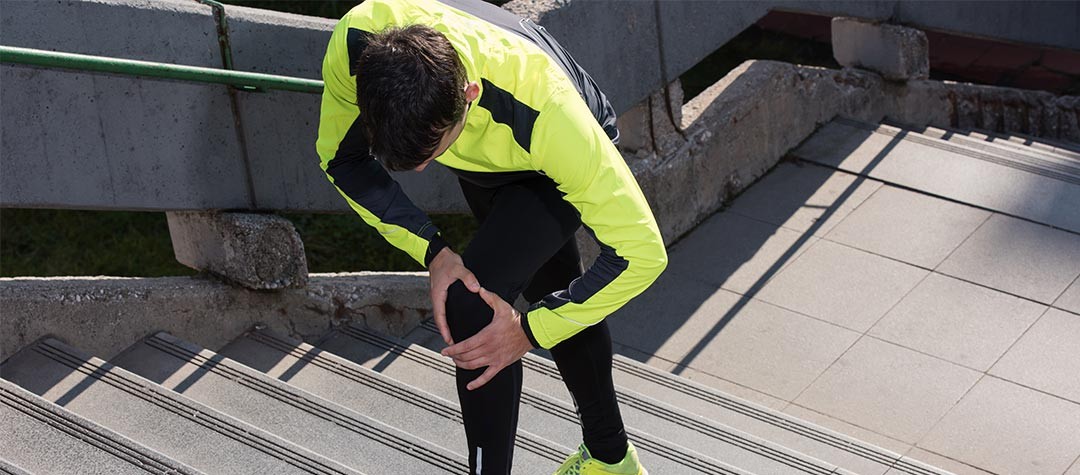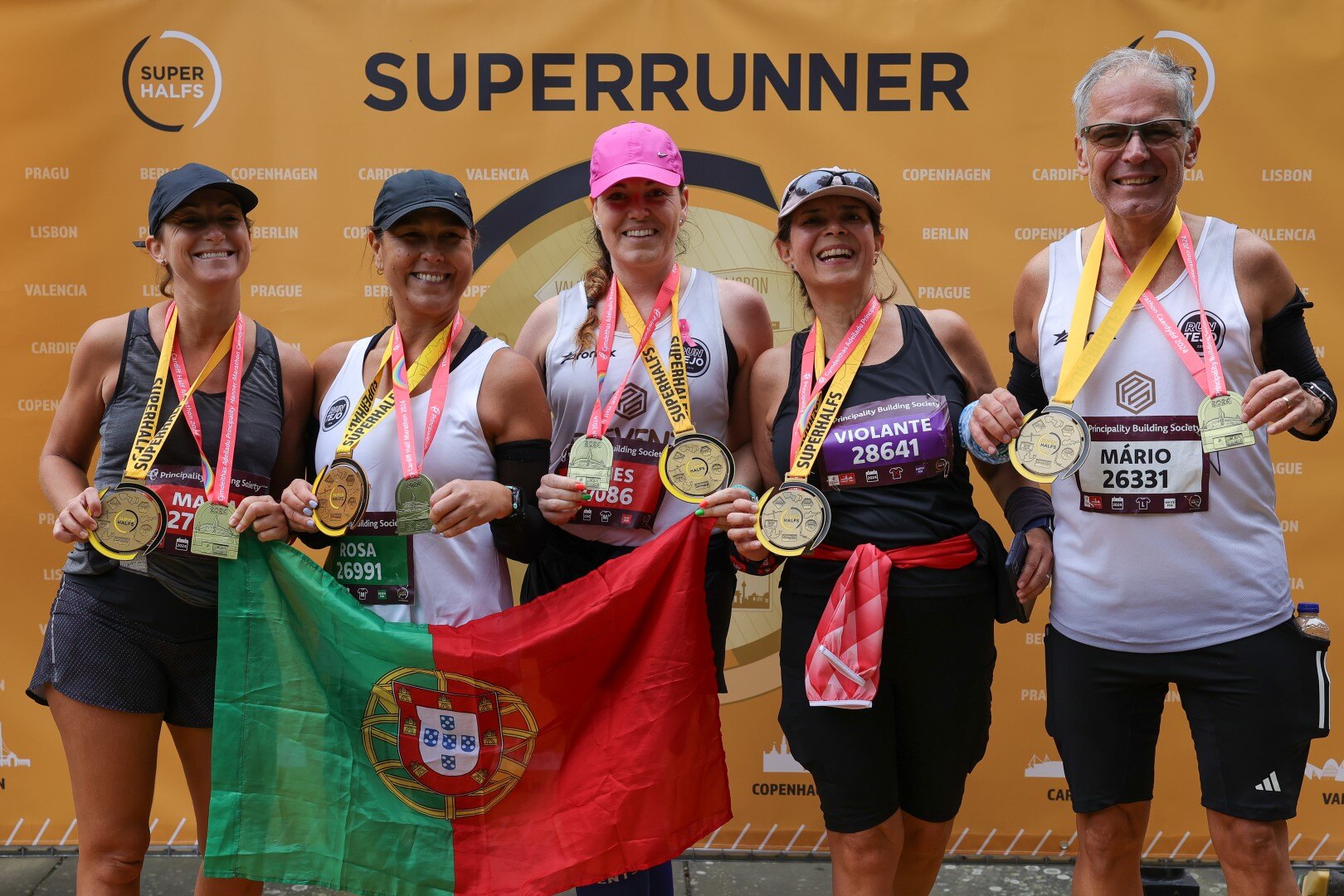Aches and pains are part and parcel of the runners lot, especially when starting out. So what aches should the runner expect and are just a normal part of becoming a runner?
Even if you're active and think you are quite fit already, it's highly likely that you will experience aching muscles and quite possibly blisters when you first begin to run. The reasons that this happens to new runners is usually because of one of the following:
- They haven't exercised for some time or are not used to this level of strenuous activity
- They have over-exercised in initial sessions
- They are used to a different type of exercise (e.g. a strong cyclist or swimmer does not instantly make a good runner)
Why do my muscles ache after my first runs?
Muscle soreness in the days after a run occurs due to small tears in the body's muscle fibres. The body's defense mechanism kicks in, as white blood cells come to the rescue and fluid moves to spaces it normally doesn't occupy, which causes swelling.
Muscle soreness in the days after a run occurs due to small tears in the body's muscle fibres.
This swelling impacts upon the nerve endings, causing soreness and partially immobilising them. Quite frequently this swelling and soreness peaks around 48 hours after running. This is why sometimes you can feel fine the day after a run and then the real muscle soreness comes the day after that.
Why am I getting blisters?
Blisters are caused by a frequent rubbing of the sock or shoe against the skin which causes fluid to form beneath. The more friction continues, the more fluid forms, and the bigger the blister. In some cases the blister will burst and expose the skin which can be painful.
New runners usually get blisters because their feet are not used to running and haven't had a chance to toughen up, or because they are wearing new running shoes which haven't yet been broken in.
Just because you have bought an extremely expensive pair of running shoes, after having a thorough gait assessment at your local running shoe store, does not mean you will necessarily be exempt from blisters. Some people can be fortunate in that they avoid blisters, whereas for others, they have to go through blistering in order for their feet to toughen up.
Some tips for new runners to avoid blisters:
- Ensure your feet are dry so they don't move around in the running shoe
- Wear insoles in running shoes for a smoother fit
- Use moisture control or sweat-wicking running socks (‘twin skin’ socks are ideal) rather than cotton or wool ones.
- Make sure your running shoes fit properly. Seek advice from a specialist running store. Running shoes that are too tight may cramp your feet whereas shoes that are too loose will cause your feet to slide.
Avoiding early running aches and pain
The number one rule of starting to run is not to do too much too soon. Take it slow, and if that means combining a bit of a run-walk-run policy then so be it. By taking things easier to start with will allow your body to get accustomed to what you are asking it to do and thus reduce your chances of picking up a proper running injury - one that could actually prevent you being able to run.
It is important not to confuse these early aches and pains with niggles and injuries that may come along as you get greater consistency in your running.
It is important not to confuse these early aches and pains with niggles and injuries that may come along as you get greater consistency in your running. Things such as shin splints, runner’s knee, achilles tendinopathy , and plantar fasciitis are common runner injuries which usually occur due to overuse. If you suspect that you might be injured rather than just suffering the initial aches and pains of the beginner runner, then seek professional help rather than trying to second guess or self-diagnose.














